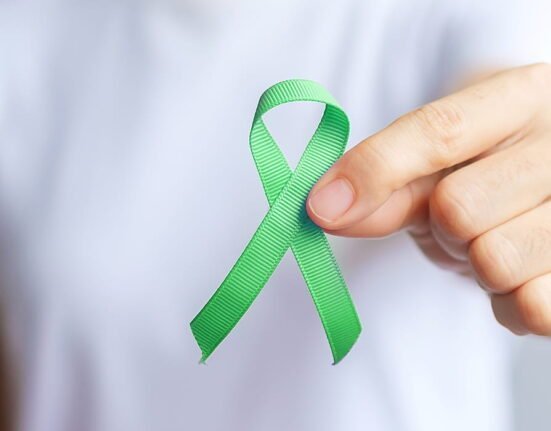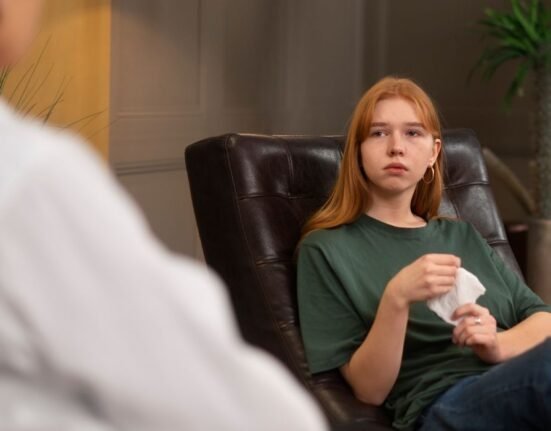Playing with colours, moving your curvaceous body, and so on, along with using our right-brain dominance, may be a process of unfolding something through creativity. In today’s complex world, many of us choose the path of creativity to simplify our thoughts. Among the many uniquely curated therapies, therapeutic art and art therapy are often misunderstood, yet highly effective methods. Art is involved in both types. But both are driven by different purposes and ways of doing them.
One may be a peaceful, private time with paint and canvas; the other could be a systematic session led by a qualified professional who helps to reveal and heal deep emotional scars. Getting to know the difference can help you decide between them and which one is necessary for your current condition. This article covers the purposes, approaches, and benefits of therapeutic art as well as art therapy, demonstrating how creative strokes may accomplish various objectives of the healing journey.
Read More: Stigma and Art Therapy
What Is Art Therapy?
What art offers is space–certain breathing room for the spirit.
John Updike
According to the American Art Therapy Association, art therapy is a professional technique used by therapists to make people’s lives richer through active art-making, creative process, applied psychological theory, and human experience within a psychotherapeutic relationship.
As the human mind evolved, our need for communication also emerged in an artistic way, such as petroglyphs, and then, after 1940, it was used as therapy (Junge MB). Depression, anxiety, trauma, and developmental disorders can be treated by using art as an intervention under a certified therapist.
Art therapists know how to do both art and psychotherapy. They read body language in art, which helps clients deal with and understand their complicated feelings. Therapists may organise dancing, drawing, painting, and craftwork in the framework of sessions just to express honest feelings. It also used the diagnostic process in various settings.
Read More: The Hidden Links Between Creativity and Intelligence
What is Therapeutic Art?
One can express their emotions through strokes, dance moves, creative writing, or anything else that provides a unique communication style by participating in any kind of art. This liberty of expression is what Therapeutic art gives voice to one’s hidden emotions, which are not heard in the usual way, through creativity. It does not need any expert supervision because it is not outcome sensitive.
Self-expression, stress management, and emotional regulation can be achieved by this idea, which leads to maintaining our well-being. It can be introduced in the workshops, schools, geriatric centres, personal counselling sessions, and self-help groups. This is not an intervention to treat any psychological issue, but it can support other mental health treatments if one is involved in them. In general, it can be used to make you feel happy about yourself, improve your mood, and creativity.
No clinical aspect is associated with the therapeutic art because it is just a process where one can mindfully lose oneself in productive activity. Activities might include painting mandalas, journaling through mixed media, or participating in guided group art sessions. Self-love is initiated by this kind of activity where you get self-awareness, and with that, you can express to solve a mess or to adapt better cognitive functions.
Read More: How to Train Your Creativity (Even If You Think You’re Not Creative)
What Can Be the Goals?
Each therapeutic service begins with a different intent, so they can easily be distinguished from one another.
- Art therapy is well well-planned therapeutic intervention that is driven by goals, assessments, and diagnosis. It is part of the treatment plans for mental disorders. Psychological issues can be healed via art therapy. The goal of this therapy is to solve the mental issues and improve mental well-being.
- Therapeutic art mainly focuses on the enhancement of a person’s inner space, mind. The primary goal is self-awareness, relaxation. Art therapy is like one professional tour guide who has lined up a lot of plans and destinations. On the other hand, therapeutic art is like a local guide who encourages you to explore hidden spots without any plans or distinction.
Read More: 10 Subtle Signs of Highly Creative People, According to Psychology
Real-World Applications Across Age Groups
Both approaches are useful for children. In art therapy, children may indulge in drawing, storytelling, drama, dand dance to express themselves. Children’s social interactions and teamwork skills are nurtured through creative activities. In schools, children engage in drawing, attend music classes, do crafts, paint, they participate in a lot of creative activities, which are known as therapeutic art. This serves as a gentle push for a child to open up and express their creative self (Mukherjee, n.d.)
The artistic expression is a most useful tool to adolescents because they are transforming through formative stages. Many doubts, conflicts, and questions are popping up in their heads constantly, and that makes them feel overwhelmed. If adolescents creatively channelise their curiosity, it can be helpful to get clarity, awareness. Eating disorders, low self-esteem, and low self-confidence can be treated with the help of art therapy.
Adulthood is all about relationships, career decisions, finance, personal hardships, and past baggage; who can take rest and energise themselves from ongoing responsibilities. In contexts such as cancer support groups or trauma recovery programs, art therapy is frequently employed since the act of creating may be just as therapeutic as the discussions that accompany it. Therapeutic art, meanwhile, finds its place in everyday life—in wellness workshops at the workplace or weekend community classes—helping adults reconnect with themselves and restore balance.
Read More: Healing Through Art: The Power of Creative Expression
Evidence and Efficacy
Visual art making can show activity in some areas of the brain that are associated with emotions and memory, it is found via fMRI studies. They also found out that when we see that, in the group creating visual art, there was a meaningful connection between brain activity in the prefrontal areas and their levels of psychological resilience. In simple terms, making art seemed to strengthen the brain’s wiring in ways that help people cope better with stress.(Bolwerk et al., 2014). Shukla (2022) highlighted that art therapy gives the best results when it is used with other treatments. It can improve emotional expression, thought processes, relationships, and quality of life.
Read More: Art and Emotional Expression: How Aesthetics Impact Human Emotions
Conclusion
Art is a medium universally used to connect with others and with oneself. It works effectively in both personal development and clinical interventions. Even under the supervision of an expert, it has the power to ease mental complexities, and as a form of self-love, it can work wonders. Therapeutic art and art therapy both possess healing capacities, and while they may differ in goals and purposes, their fundamental intent is the same—expression and freedom from emotional wounds. When we express ourselves through art, choosing the right stroke and the right canvas becomes essential to achieve optimal mental health and offer the most effective care.
FAQs
1. What are the two main approaches of art therapy?
Therapeutic art and art therapy are two approaches. One is used for exploration, which has no one destination, while the other is outcome sensitive, which is used as a systematic tool to treat psychological disorders.
2. What is the therapeutic process of art therapy?
One certified therapist is allowed to conduct the art therapy. It promotes healing by tapping into emotions, feelings.
3. What are the therapeutic functions of art?
Treating, diagnosing, and monitoring mental disorders. It allows us to express our feelings. So, managing, reducing stress and anxiety.
References +
● Junge MB. History of Art Therapy. The Wiley Handbook of Art Therapy. Published online November 6, 2015:7-16. doi:10.1002/9781118306543.ch1
● Bolwerk, A., Mack-Andrick, J., Lang, F. R., Dörfler, A., & Maihöfner, C. (2014). How art changes your brain: Differential effects of visual art production and cognitive art evaluation on functional brain connectivity. PLoS ONE, 9(7), e101035. https://doi.org/10.1371/journal.pone.0101035
● Shukla A, Choudhari SG, Gaidhane AM, Quazi Syed Z. Role of Art Therapy in the Promotion of Mental Health: A Critical Review. Cureus. 2022 Aug 15;14(8):e28026. doi: 10.7759/cureus.28026. PMID: 36134083; PMCID: PMC9472646.
● Cherry, K. (n.d.). Art Therapy: Definition, Types, Techniques, and Efficacy. Verywell Mind. Retrieved June 9, 2025, from https://www.verywellmind.com/what-is-art-therapy-2795755#citation-25
● Mukherjee, D. S. (n.d.). Unlocking The Benefits of Art Therapy for Children. mental health research centre. https://psychiatristkolkata.org/blog/unlocking-the-benefits-of-art-therapy-for-child ren/













Leave feedback about this